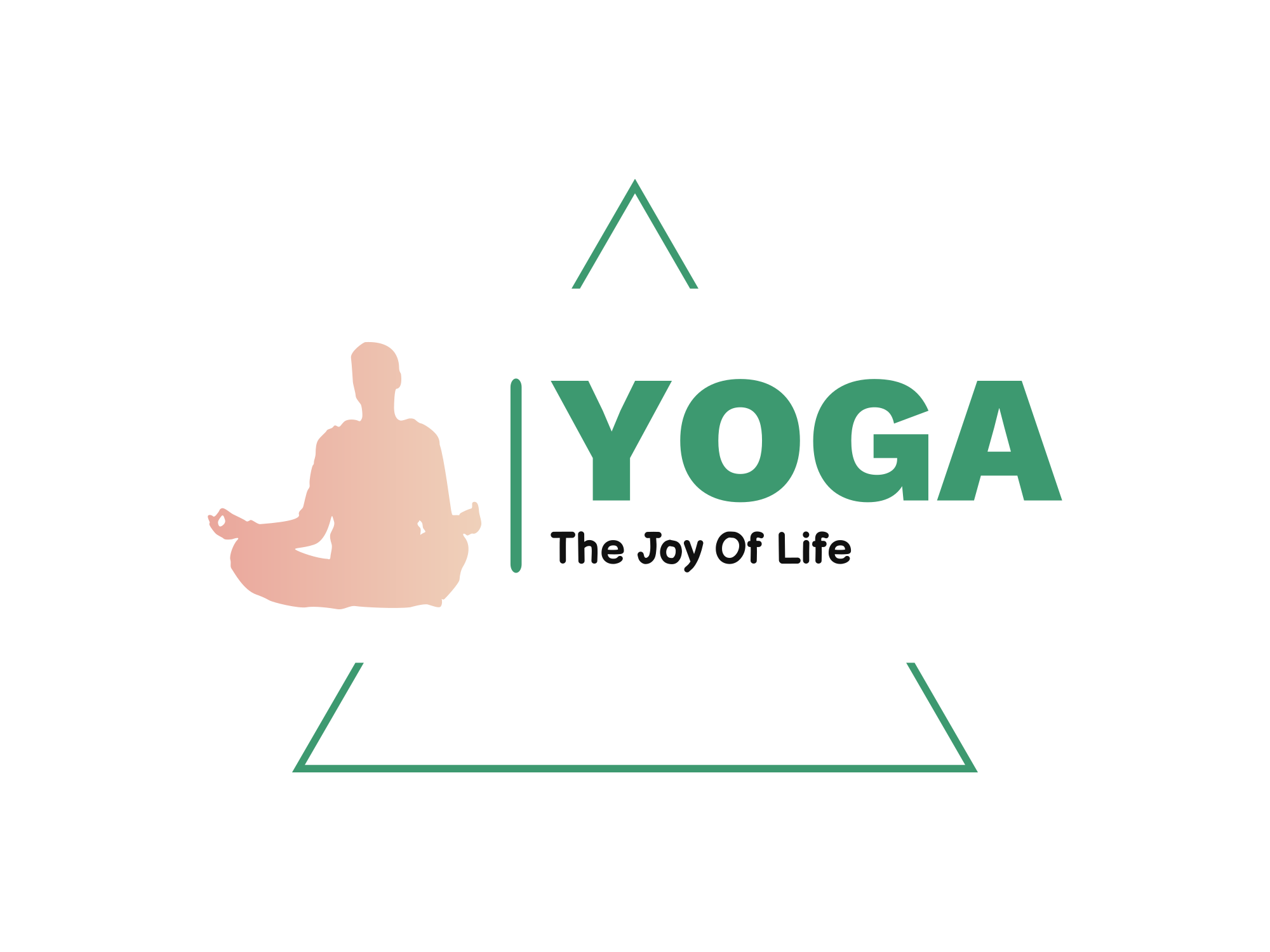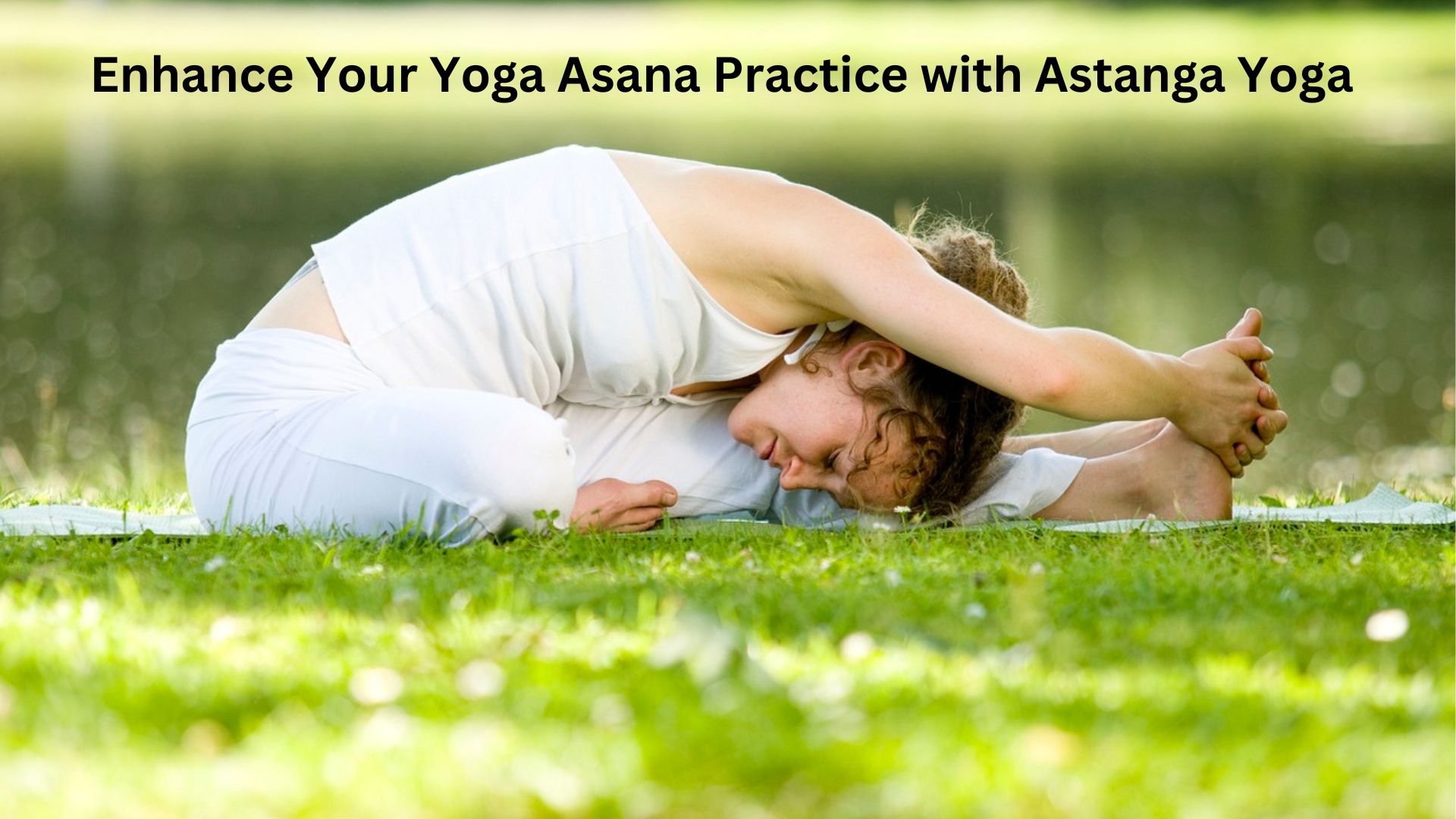Introduction–“In this article, we will discuss the enlightening exploration of Astanga Yoga with Yoga Asana. In this comprehensive guide, we delve into the harmonious union of Astanga Yoga’s eight limbs and the transformative power of yoga asanas.Discover the profound principles, practices, and philosophy of Astanga Yoga, including ethical guidelines about the division of asanas according to their position, Various precautions while doing asanas, Rules to keep in mind while doing asanas such as time, place, breath control, and more.Explore how these elements seamlessly integrate with the physical postures of yoga asanas, unlocking a holistic path to strength, flexibility, mindfulness, and spiritual growth. This blog post serves as a valuable resource, blending the wisdom of Astanga Yoga with the practicality of yoga asanas, empowering you to embark on a transformative journey of self-discovery, well-being, and inner harmony.”
Table of Content-
A.Introduction to Astanga Yoga and Eight limbs of yoga and their meaning.
B.The Benefits of Practicing Astanga Yoga.
C.Yoga Asana and their benefits.
D.Division of Yoga Asana.
E.Ways in which Yoga Asana can be done.
F.Various precautions while doing Yoga Asana.
G.Rules to keep in mind while doing Yoga Asana.
A.Introduction to Astanga Yoga and Eight limbs of yoga and their meaning- If you are drawn to the transformative potential of Astanga Yoga, we invite you to embark on this sacred journey of self-discovery and self-realization. Whether you are a beginner or an experienced practitioner, the practice of Astanga Yoga offers endless possibilities for growth and exploration. Stay tuned to our blog as we dive deeper into the various aspects of Astanga Yoga, share practical tips, insights, and inspirational stories to support you on your path.According to Maharishi Patanjali, there are eight limbs in Yoga
1. Yam यम
2. Niyam(Rule) नियम
3. Asana(Posture) आसन
4. Pranayama प्राणायाम
5. Pratyahara(Withdrawal) प्रत्याहार
6. Dharna(perception) धारणा
7. Dhyan(meditation) ध्यान
8. Samadhi समाधि
1.Yama – Non-violence, Satya, Asteya (non-stealing), Brahmacharya, and Aparigraha (absence of collection) are the five Yamas.
2.Niyam(Rules)– Defecation, satisfaction, penance, self-study, and Ishwar Pranidhan (surrender to God) these are 5 rules.Following the rules and regulations of
yoga is a kind of code of conduct that is necessary for the next step. By following the rules, there is the welfare of the self and by following Yama, there is the
welfare of the society as well as the self.
3.Asana(Postures)-Maharishi Patanjali has given third place to the postures, according to him “stable happiness” the name of sitting comfortably is postures.
Maharishi Patanjali did not describe the asanas and left the way of sitting to the will of the seeker.
4.Pranayama-Meaning of Pranayama = Prana + Dimension = Expansion of Prana, Sadhak makes physical and mental development through various processes of
Pranayama
5.Pratyahara- Removing your senses from objects and focusing them on the Self is called Pratyahara.
6.Dharana- The binding of the mind to a particular country is called Dharana.
7.Meditation- When there is the concentration of efforts through perception, that is, the flow of instincts becomes one juice, it is called meditation.
8.Samadhi-The state of mind which begins with Dharana attains perfection by going into Samadhi. If the mind remains focused for 12 seconds, it is called
Dharana. 12 such dharnas are called meditation and 12 such meditations will be called samadhi. Out of the above 8 parts of yoga, the first five are external and
the last three are internal. Now we will discuss in detail the Chhath Kriyas of Asana Pranayama and Hatha Yoga from the above-mentioned Ashtanga Yoga,
whose regular practice helps the seeker. He remains healthy, his mental, intellectual, and spiritual development takes place.
B.The Benefits of Practicing Yoga Asana in Astanga Yoga –The practice of Astanga Yoga offers a wide range of benefits that extend beyond the physical realm. Here are some ofthe remarkable advantages you can experience:
1.Physical Strength and Flexibility: Through regular practice, Astanga Yoga builds strength, increases flexibility, and improves overall physical fitness.
2.Mental Clarity and Focus: The synchronization of breath and movement in Astanga Yoga cultivates mental clarity, enhances concentration, and promotes a
calm and focused mind.
3.Stress Reduction and Emotional Well-being: Astanga Yoga serves as a powerful tool to manage stress, reduce anxiety, and foster emotional stability.
4.Detoxification and Purification: The dynamic nature of Astanga Yoga generates internal heat, helping to cleanse and purify the body’s systems.
5.Inner Transformation and Spiritual Growth: Astanga Yoga transcends the physical aspects of practice, allowing for profound inner transformation, self-
awareness, and spiritual growth.
Yoga, a practice originating in ancient India, has gained immense popularity worldwide for its holistic approach to health and well-being. Central to the practice of yoga are yoga asanas, or postures, which play a vital role in achieving physical fitness, mental clarity, and spiritual growth. In this article, we will explore the essence of yoga asanas, their benefits, and how they contribute to a balanced and fulfilling life.
C.Yoga Asana –According to Swami Charan Das, talk of yoga without asanas is Useless. Because without asana it is not possible to keep the body healthy. Without physical health, success cannot be achieved in yoga practice.are physical postures or poses that are designed to bring harmony between the body, mind, and spirit. These postures are usually held for a specific duration while focusing on deep breathing and concentration. The practice of yoga asanas promotes flexibility, strength, balance, and relaxation.
Yoga asanas offer a multitude of benefits for both the body and mind. Physically, they improve flexibility, posture, and muscular strength. Regular practice can also enhance cardiovascular health, boost metabolism, and aid in weight management. Mentally, yoga asanas promote relaxation, reduce stress, and improve focus and mental clarity.
There are various types of yoga asanas,which have its own focus and benefits. Some popular types include Hatha yoga, Vinyasa yoga, Ashtanga yoga, Bikram yoga, and Iyengar yoga. Each style emphasizes different aspects such as breath control, flow, alignment, or holding postures. Exploring different types of yoga asanas allows individuals to find the practice that best suits their needs and preferences.Scientists have told only 30 postures are important from the point of view of health.
D.We can divide the Yoga Asanas into 3 parts
1. Comfortable or relaxing
2. Bodybuilding
3. Meditative
1.Comfortable Asanas By doing these postures, we get immediate relief like Shavasana, Makarasan, Dandasan.
2.Body Enrichment Spiritual Asanas such postures, by which all the organs of our body and their functioning get support, by doing these postures the obstacles in blood flow are removed and all the organs are properly nourished by the blood. Doing these asanas helps to remove the excreta and foreign substances present in various organs and organs from the body, which makes the body healthy, hence they are called body-enhancing spiritual postures. For example,Matsyendrasan, Paschimottanasan, Halasan etc.
3. Meditation postures While doing these postures, it helps a lot to concentrate the mind. These postures are usually done by keeping the crowd straight by sitting and closing the eyes to concentrate the mind. These asanas are called meditative asanas, such as Padmasana Siddhasana, these asanas are considered essential in meditation and samadhi. Now we will learn about the methods of asanas.
E.Yoga Asanas are done in 4 ways
1. lying on back
2. lying on the belly
3. sitting
4. standing
F.Various precautions while doing Yoga asanas-There are some important rules to be kept in mind before doing the postures, by following these rules maximum benefits can be obtained from the postures, neglecting these rules can also bring opposite results, so they must be taken care of.
1.The postures should be done in open pure air. If you do it in the room, then the arrival of air should be good, there should be no dirt, smell, etc. in the room.
2.The postures should be done on flat ground by spreading a blanket or a thick sheet.
3. Loose clothes should be worn according to the season so that there is no inconvenience in spreading or turning the body and legs while doing the postures.
4.Women should do postures by wearing clothes in such a way that their body remains dignified and they do not have any inconvenience in doing postures.
5.Women should not do postures in the state of menstruation.
6.Women should not practice postures at all from 4 months after pregnancy till 3 months after delivery.
7.Should not sit under the fan.
8.The stomach should be empty while doing postures, so morning is the best time, it can also be done in the evening, but there must be a gap of 5 hours between
food and postures.
9.It is better to drink water before doing postures. It is very useful for cleaning the digestive system and intestines.
10.Postures should be done only after retiring from your daily activities. It is very good to take a bath and do the asana. But if you want to take a bath after the
postures, then you will take a bath only after at least half an hour.
G.Rules to keep in mind while doing Yoga asanas-
1. While doing postures, you should keep your mind attached to the body, otherwise, it is difficult to understand the postures on the body.
2 Let the postures take care of your abilities instead of doing the postures, that is, don’t do the postures by force.
3.There should not be a sense of competition in postures, there can be a difference between the abilities of another person and your abilities, so do not do postures
at all by looking at others.
4.Try to slow down as much as possible while doing the postures. There is a possibility of muscle strain and pain by lifting the body with a jerk.
5.Postures should be done while stopping in every situation so that different parts of the body can be fully affected. Due to this, there is a possibility of having a
better effect of communication on those organs, due to which we get a lot of help in keeping the body healthy.
6.As an exception, except for some postures, the speed of breathing should be allowed to continue in each postures, in some postures like Shalabhasana,
Naukasana,etc., the speed of breathing seems to stop, but in other postures, breathing should be allowed to move at normal speed.
7.After each postures, to make the speed of breathing normal, Shavasana, Makarasana, and Dandasana should be done in between the postures, and the next
asana should be started only when the speed of breathing becomes normal.
8.Doing Vajrasana after meals is also considered beneficial. Therefore, it is beneficial to do Vajrasan after meals and to take food while sitting in Vajrasan.
Now we will describe some useful asanas in detail in the next Blog.

